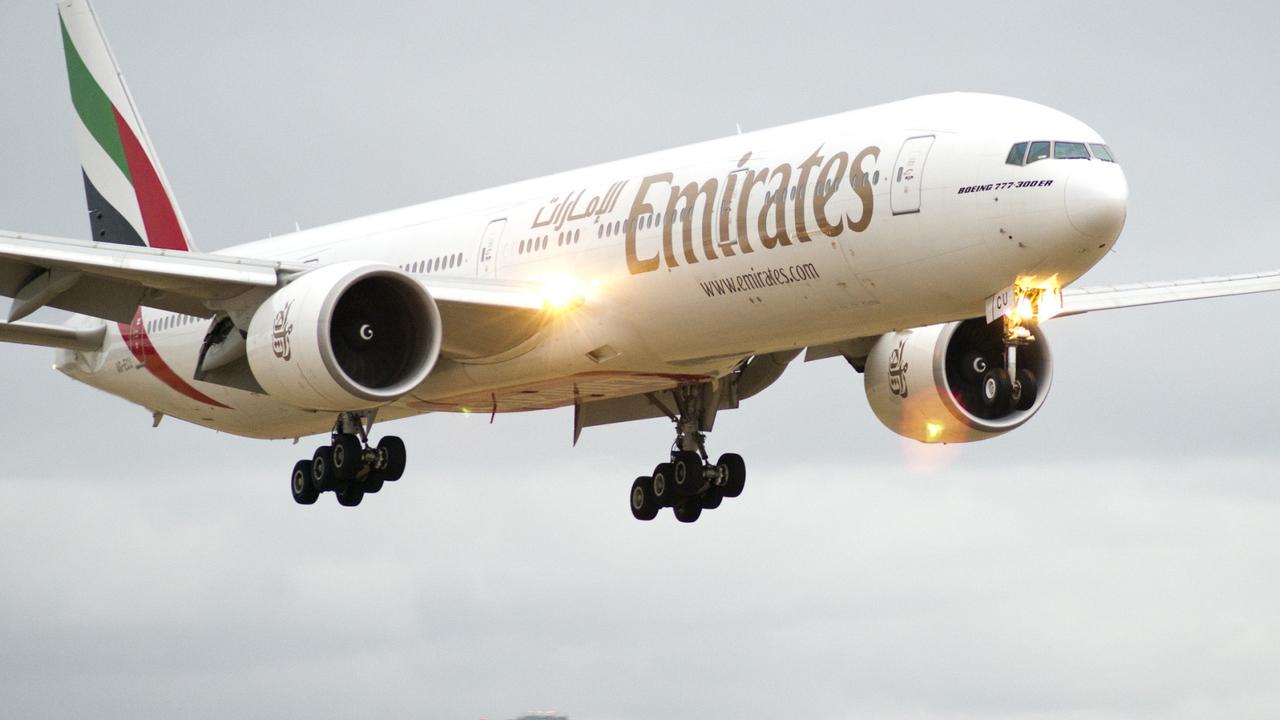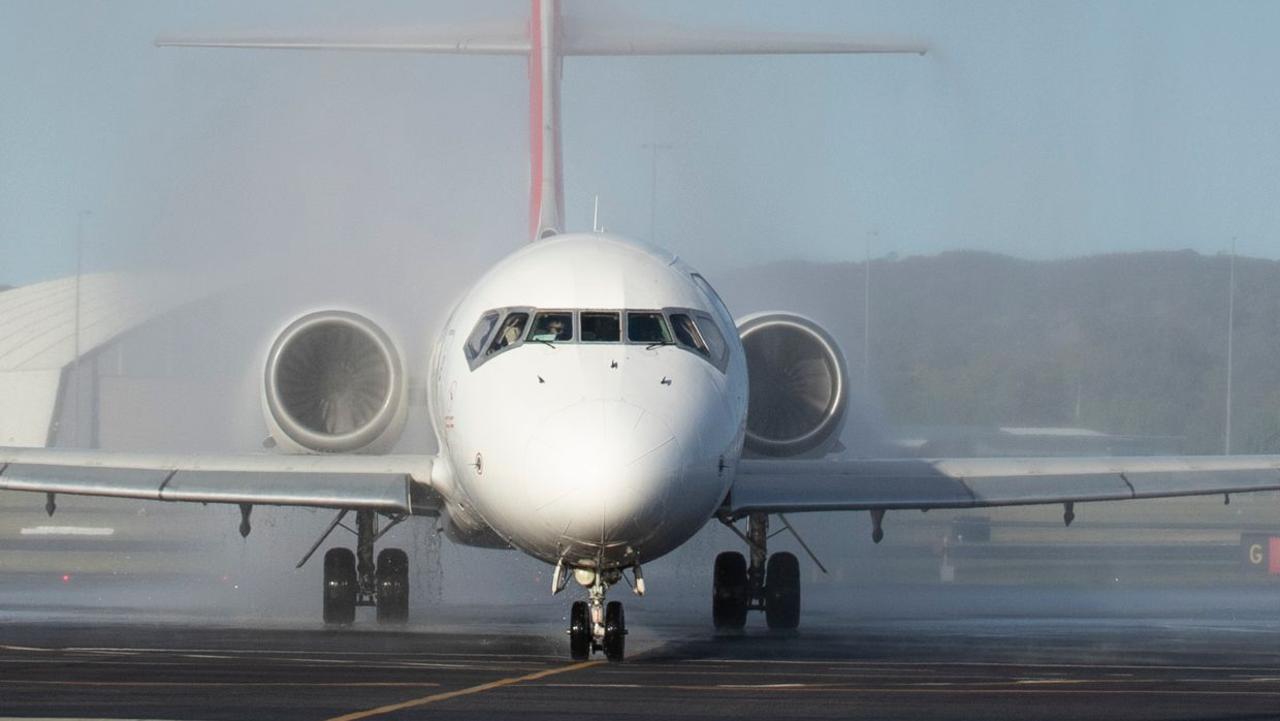This is what your flight used to look like
AIR travel has come a long way since the 1950s. Yes, it was pretty magical back then. However, there were also some aspects that were pretty unbelievable ...
AIR travel has come a long way since the 1950s, this we know. We’re deep into our bizarre affection for SkyMall, personal TV screens and in-flight Wi-Fi (not to mention Wi-Fi in general).
But in the 50s, flying was something different. It was something magical and marvellous.
Air travel exploded into its Golden Age, and aeroplane trips weren’t just a means of getting to your vacation — they were a holiday in themselves. Passengers dressed in their finest to fly. They lined up for group photos before boarding. Riding an aeroplane made them feel like a movie star because it pretty much took the salary of a movie star to do so.
But not everything was so rosy. If you took a flight in the 1950s ...
Turbulence could snap your neck
Early commercial planes were powered with pistons, not jet engines. As a result, they were loud, vibrated fiercely, bumped like crazy in turbulence and were grounded often due to weather (things got smoother after the first commercial jet debuted in 1952). In the 50s, pressurized aeroplane cabins were relatively new to the scene. And a non-stop flight? Not likely — getting across the country could require multiple layovers.
Your flight attendant wore a girdle and had a weight limit
Flying was an over-the-top luxury experience, and leggy, chatty “hostesses” were part of the show. One stewardess recalls her airline’s rule that she wear high heels at all times — only after takeoff could she switch to flatter shoes. Hair had to be short enough so as not to touch her collar. A flight attendant manual mandated that stewardesses be single, stay under 125 pounds, and maintain “high moral standards” during employment.
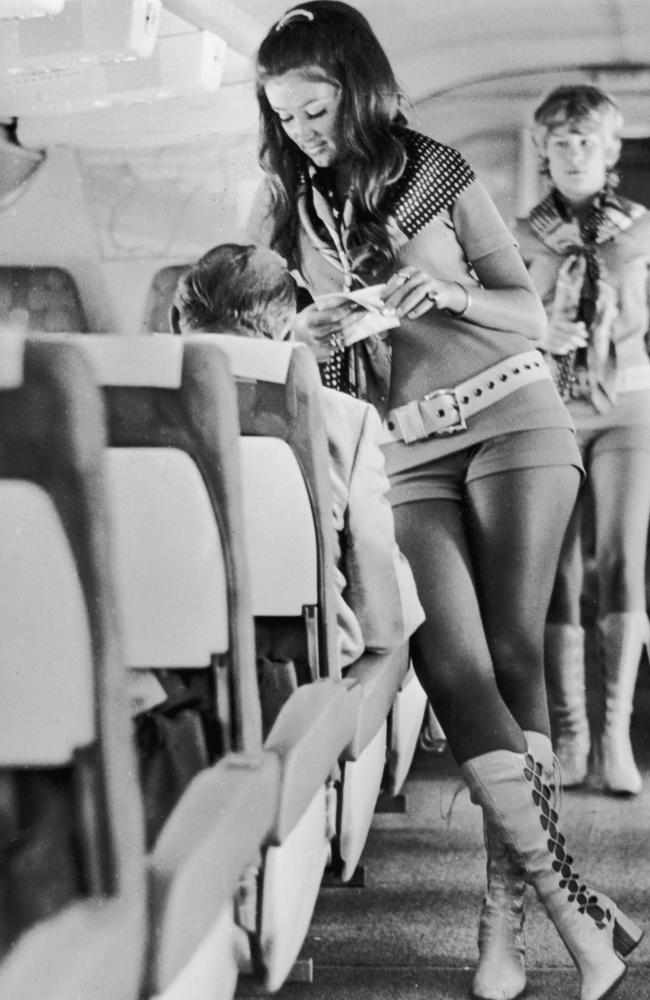
You paid up to five per cent of your salary for a ticket
In the 50s, a flight from Chicago to Phoenix cost $138 round-trip — that’s $1,168 when adjusted for today’s inflation. A one-way to Rome would set you back more than $3,000 in today’s dollars.
Lobster counted as aeroplane food
With commercial plane travel a new market, airlines struggled to one-up each other by offering the fanciest meals. One vintage ad lists TWA’s “full meal” to be served in-flight: soup, meat, salad, vegetables and dessert. Real glassware and roast beef were typical sights.
Smoking was totally acceptable ... and for much longer than you’d think
During the 1950s, smoking (of cigarettes, pipes and cigars) was totally acceptable in the air, but strangely not in the terminal (they were afraid cigarettes might ignite the fuel fumes). “Confusion and resentment” ran rampant when a law prohibited smoking on short domestic flights decades later, in 1988. It wasn’t until 2000 that a law mandated all flights to and from the U.S. be smoke-free.
Baggage claim was even more excruciating than it is now
In the early 50s, you’d wait for a skycap to organise everyone’s luggage on a counter. One by one, passengers pointed to their suitcases, paid him a tip and collected their bags. Thank heavens for the first conveyor belts!
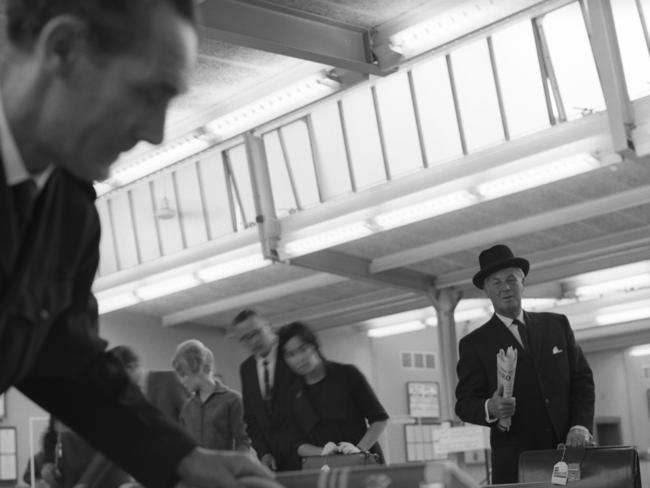
You were handed a postcard as you boarded
Flying was so utterly rare that passengers felt compelled to document every moment on postcards with pictures of the plane or in-flight meal, to show their less lucky loved ones what the newfangled experience was like.
“The tradition at the time was that you would use your in-flight time to write people you knew on the ground, describing your flight,” historian Guillaume de Syon explained.
You drank (LOTS) for free
Alcohol was another popular form of in-flight entertainment: passengers were served as much free alcohol as they could drink, and it was not uncommon to come off a flight totally hammered.
Of course, the free boozing tapered off as air travel became less of a luxury industry and more of a commercial one. But in those early Golden Days, people just poured themselves scotch after scotch.
You had insane amounts of legroom
Coach seats had three to six inches more legroom than they do today — 1950s economy class looked more like business class does now. And first class was clearly about as spacious as a modern hotel room.
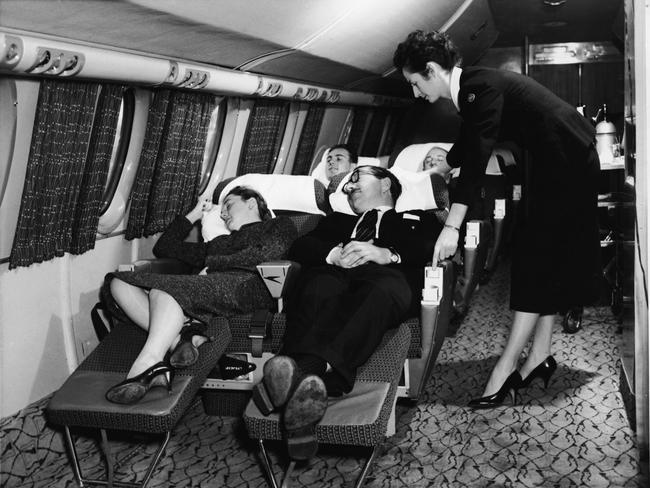
You didn’t show ID
Even as late as 1970, passengers made it onto planes without ID of any sort — a quick look-over from security did the trick. Showing up at the airport 30 minutes before your flight was totally fine, and wellwishers could walk right up to your gate where you boarded via stairs, not jet bridge. Passenger screenings wouldn’t become mandatory until 1973.
This article originally appeared in The Huffington Post and is republished with permission.

